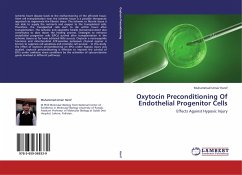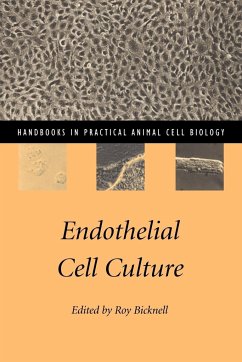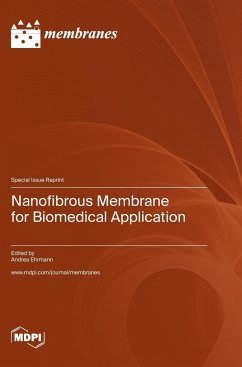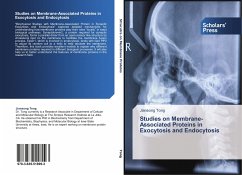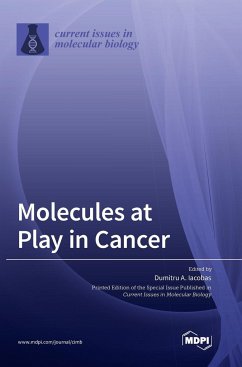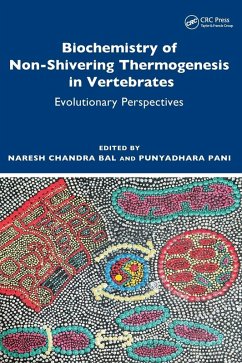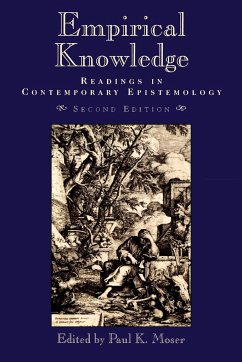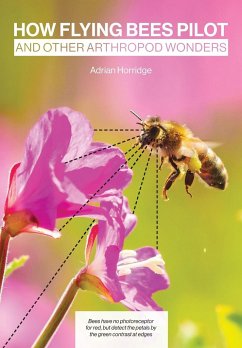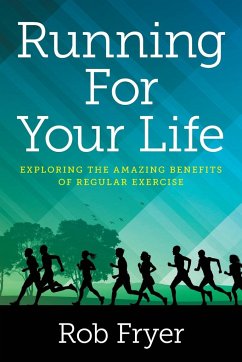
Endothelial Luminal Membrane-Glycocalyx
Functionalities in Health and Disease
Herausgeber: Granger, D Neil

PAYBACK Punkte
47 °P sammeln!
This book focuses on the structural, biochemical, and diverse functional properties of the endothelial luminal membrane glycocalyx (ELMG), an organelle which constitutes the endothelial cell membrane. It is intended to provide the newcomer with a broad, basic, and brief perspective of the luminal endothelial vascular membrane, and for the more established investigator, a basic overview and integrated perspective of the universe we explore. The endothelium is an assortment of heterogeneous regulatory cells whose cytoplasm and cell membranes are joined, forming functional units. There is a treme...
This book focuses on the structural, biochemical, and diverse functional properties of the endothelial luminal membrane glycocalyx (ELMG), an organelle which constitutes the endothelial cell membrane. It is intended to provide the newcomer with a broad, basic, and brief perspective of the luminal endothelial vascular membrane, and for the more established investigator, a basic overview and integrated perspective of the universe we explore. The endothelium is an assortment of heterogeneous regulatory cells whose cytoplasm and cell membranes are joined, forming functional units. There is a tremendous amount of literature on the endothelial cell, constituting seemingly isolated and distinct fields of encapsulated research. However, the multifunctional properties of some molecules give rise to an overlap of findings, frequently ignored between the different fields. The book is divided into three parts. The first part concentrates on the structure of the ELMG, with emphasis on morphological and biochemical composition. The importance of the chemical composition to the physiological functions of the ELMG, such as sieving properties, pharmacology, and flow sensing, is the focus of the second part of the book. Finally, some of the pathologies associated with ELMG dysfunction are explored in the last section. The aim is to provide basic and well-established knowledge in the various individual fields, identify the current concepts in each area, and discuss their respective strengths and weaknesses (including hidden problems). Finally, the overall goal is to integrate areas where overlap is clearly indicated, bringing them all together to provide the first ever basic, integrative, panoramic bird's-eye view of the field.




